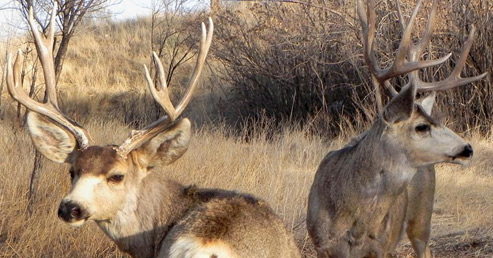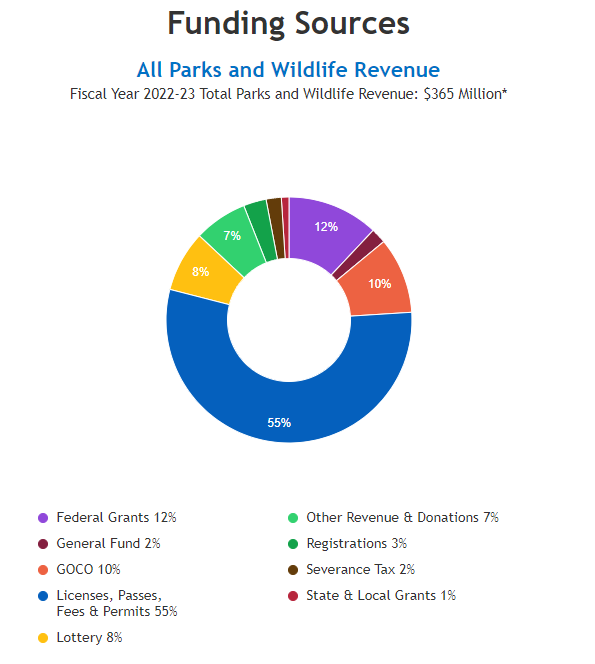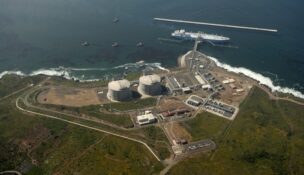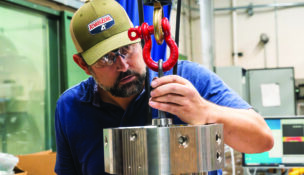Hunters Aren’t the Only Ones to Thank for Colorado’s Wildlife Management
A look at all the unsung heroes who deserve praise for preserving biodiversity in Colorado's expansive mountain wilderness.
Sarah Hunt //January 2, 2024//


Hunters Aren’t the Only Ones to Thank for Colorado’s Wildlife Management
A look at all the unsung heroes who deserve praise for preserving biodiversity in Colorado's expansive mountain wilderness.
Sarah Hunt //January 2, 2024//
Colorado is home to an astonishing 960 wildlife species, the vast majority of which are neither hunted nor fished. Yet the successful conservation of Colorado’s impressive biodiversity — both the wildlife and the landscapes they inhabit — is contingent upon funding generated by hunting and fishing licenses.
These licenses generated $179 million or 55 percent of CPW’s FY2022-2023 revenue — more than all other revenue sources combined.
The Colorado Wildlife Council — a division of Colorado Parks & Wildlife (CPW)— recently deployed a public relations strategy to educate citizens about the inextricable link between its mission, and hunting and fishing. CPW is responsible for wildlife management in the state, and they want everyone to know that hunters and anglers are a crucial component of their mission.
You may remember the popular “Hug a Hunter” commercials in which outdoor recreators embrace a hunter. The lighthearted campaign was a savvy and effective way to inform Coloradans about the symbiotic relationship between hunting, outdoor recreation and conservation.
What’s less talked about is the critical role the Colorado energy industry plays in wildlife and habitat conservation.
Through various fees and taxes, the oil and gas industry in particular is associated with seven distinct streams of public revenue for the state of Colorado. A large portion of this revenue, nearly $1 billion annually, ends up in Colorado’s general fund, which is another significant source of CPW’s revenue. The next time Coloradans think about hugging a hunter to thank them for their contribution to wildlife management, they might consider embracing someone from the oil and gas industry too.
READ: Biden is Right About One Thing — Oil and Natural Gas Aren’t Going Anywhere
The conservation work performed by CPW employees occurs in an interdependent loop — like the components of the water cycle. It begins with annual surveys, by land and air, of wildlife, and modeling to forecast wildlife populations. Wildlife biologists consider male-to-female and female/young ratios and compare the population to the carrying capacity (the number of animals a habitat can sustain throughout the year).
After the data is analyzed, CPW determines if hunting licenses in a given area should increase, decrease, or remain the same. Hunters then attain the licenses and harvest the wild game, providing the funding necessary to repeat the cycle next year. The success of this process cannot be overstated. Mule deer, for example, were almost extinct in Colorado in the early 1900s, and their population today is estimated at over 400,000.
The pronghorn population dwindled to a threateningly low 15,000 but has rebounded to over 65,000 today. And there are more elk in Colorado than any other state. Noticeably, the strength of these species only grew stronger as oil and gas production in the state grew as well. Wildlife habitat, hunting and fishing, outdoor recreation, and oil and gas production exist, and thrive, in balanced harmony.
READ: Capitalizing on Colorado’s Homegrown Energy
“Wildlife-conservation-support season” doesn’t roll off one’s tongue quite like “hunting season,” but both tags aptly describe this time of year in Colorado. When Coloradans think about showing their appreciation for hunters and their role in wildlife management, they may also want to tip their caps to those in the energy sector who provide significant contributions toward conserving the biodiversity of our beautiful state.


























